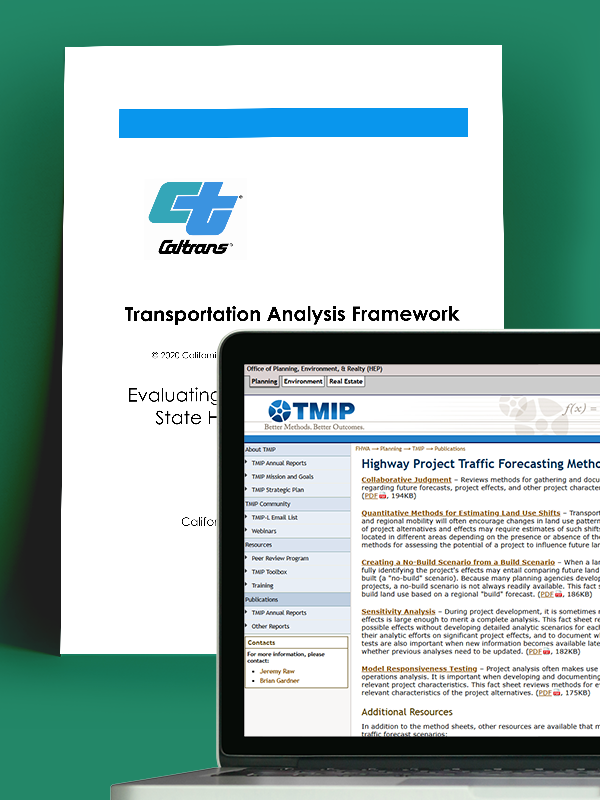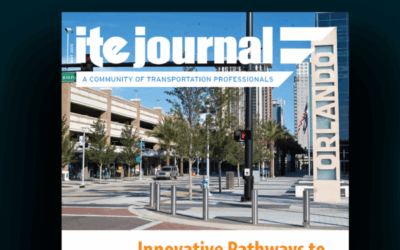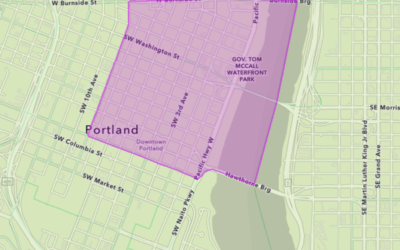Highway Traffic Forecasting

Highway Traffic Forecasting
Whether framed for sustainability, greenhouse gas reduction, safety, or land use efficiency, Vehicle Miles Traveled (VMT) is aligned with the values of many cities, counties, and even states as a critical metric to support desired transportation outcomes. Induced VMT refers to the phenomenon where building or expanding highway capacity can lead to a rise in overall vehicle travel that dampens congestion relief benefits and contributes to higher levels of air pollutant and GHG emissions. Understanding induced VMT becomes imperative for policymakers to address this complex issue while striving for balanced solutions that promote mobility without an overreliance on automobiles.
For those interested in induced VMT and how transportation projects contribute to VMT impacts, we are excited to announce a new federal resource as well as California state guidance that includes technical input from our national VMT experts listed below.
share this article
Contributors
Ron Milam
Forecasting Practice Leader
AICP, PTP
Email Me
Jerry Walters
Principal
Chris Breiland
Director of Research & Development
PE
Email Me
Bruce Griesenbeck
Transportation Analyst
Email Me
Explore More
Identifying Vulnerabilities for a Resilient Future
This August 2025 ITE Journal article explores how one county in Florida is preparing ahead of flooding to remove barriers to essential services.
California Courts Raise Bar on Wildfire Evacuation Planning
California court rulings underscore the importance of using realistic, dynamic, and expert-driven evacuation models like DTA.
VMTIndex Now Reaches Communities Nationwide
VMTIndex, our vehicle miles traveled analysis tool, is now available in many of our market areas with updated data.









